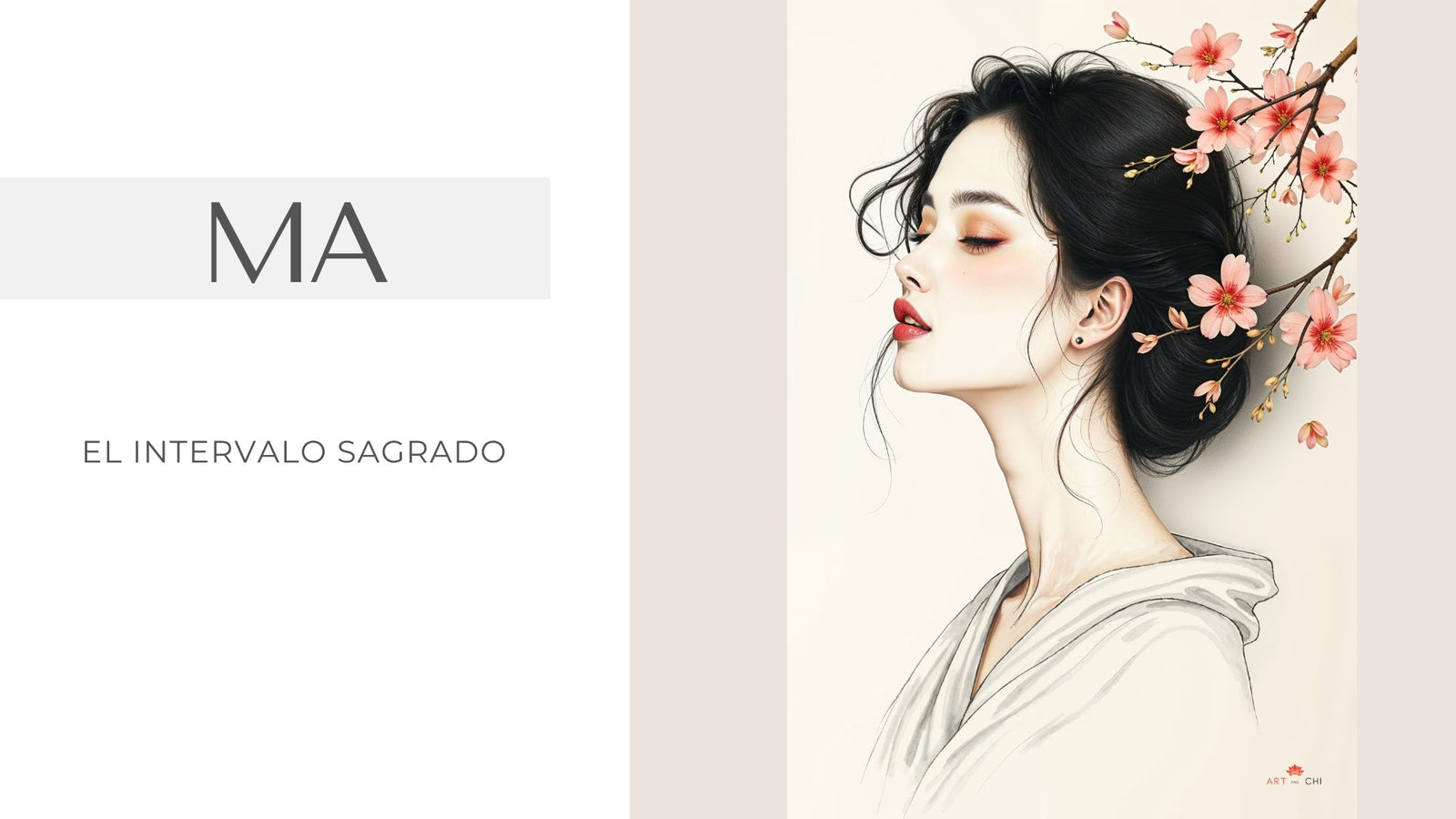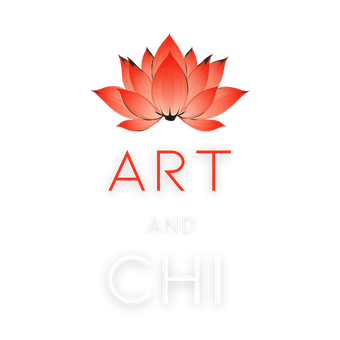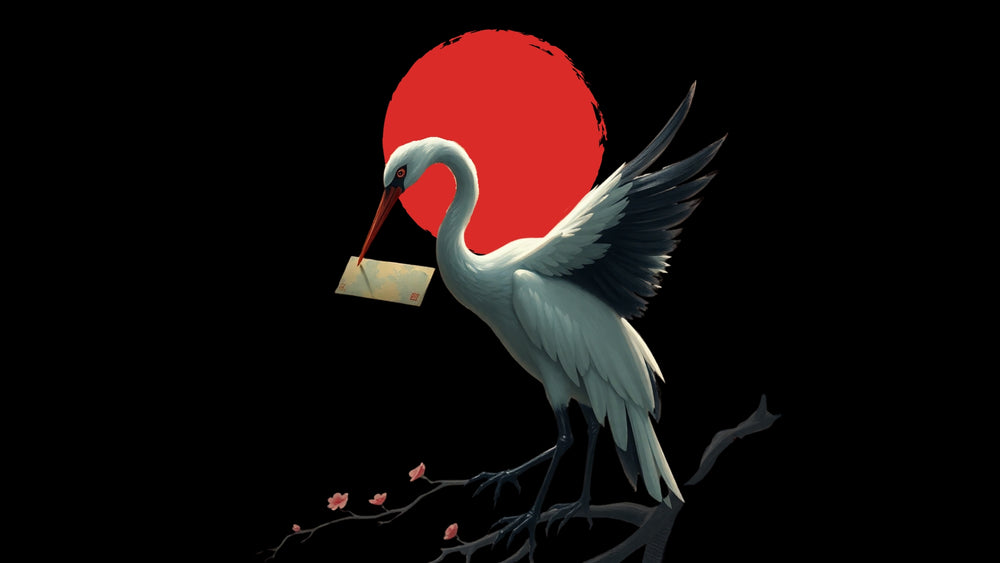Ma, The Sacred Interval

"MA": The Void that Sustains
In the West, emptiness often generates discomfort. We fill it with furniture, objects, noise. But in Eastern philosophies—and both Japandi and Feng Shui draw from this ancient source —emptiness is not absence: it is space for energy to breathe.
In Japanese art, it is called Ma .
Ma is the “sacred interval” between one stroke and another.
The silence between two notes.
The space between the bamboo and the air passing through it.
In Feng Shui, this same principle translates to not oversaturating, allowing Chi to flow freely , without obstacles or accumulations that stagnate vital energy. A home with too many visual stimuli can look elegant, but feel exhausting.
Therefore, less is more... as long as that “less” is chosen with soul.
The Subtle as an Energy Language
A black ink painting showing a flying crane… may seem simple.
But in its light strokes and balanced composition, it conveys a profound message: freedom, elevation, nobility.
Subtle doesn't scream. But it transforms.
A single well-placed brushstroke contains the weight of heaven.
The direction of the crane's wing reveals the exact moment it decides to take off.
His neck stretched forward does not seek speed, but meaning.
And its silhouette in motion speaks of effortless freedom , of elegance that does not impose itself , of presence that does not dominate.

In the Eastern tradition, and especially in the Sumi-e style, each stroke carries vital energy.
You don't paint what you see, but what you feel.
And what is felt—when well channeled—has the power to change the energy of a space.
The Symbolic as an anchor for the soul
In Feng Shui, every element you choose can be an energetic anchor .
A painting with calm water can bring fluidity.
A bamboo can invoke constant growth.
A golden moon can remind you of the power of intuition.
A well-chosen symbol needs no words. Its mere presence can change the atmosphere of a room. A cherry branch painted on a canvas isn't just a pretty flower: it's a subtle reminder of the cycle of life, of beauty that is born and passes away. This kind of art doesn't fill a wall; it accompanies it in its silence. And that's where true harmony happens.
In the Japandi style, every object is allowed to be, it certainly meets many requirements of feng shui art, but it is not the only one.
It doesn't compete, it doesn't interrupt, it doesn't demand attention. Symbolism is expressed like a tea ceremony: delicately, with intention. A single painting can sustain the soul of a space if it's placed in the right place, with the right energy. Nothing else is needed; it becomes an energy generator.

(Symbol of Longevity)
A Home That Breathes With You
Your home can be just a structure... or it can be a living extension of your energy.
A home that breathes with you isn't defined by square footage, but by the gentle rhythm with which its energy circulates through every corner. By how you enter... and feel contained. By how you leave... and feel recharged.
In that type of home, every object has a purpose.
Art doesn't just dress the walls: it accompanies them .
A single word written in shodō (書道) style, such as peace , harmony , or path , or strategically placed calligraphy in a work, can change the frequency of an entire space.
Every object is vibration.
In Feng Shui, symbols also have life. A koi fish in an illustration isn't just a fish: it represents persistence, abundance, and fluid movement in the face of obstacles .
A hand-painted Enso circle represents the universe, the present moment, the immeasurable.
And when placed in strategic locations, symbols cease to be decoration and become anchors of transformation.
But to perceive them we must first create that emptiness, like Ma, the sacred interval.


